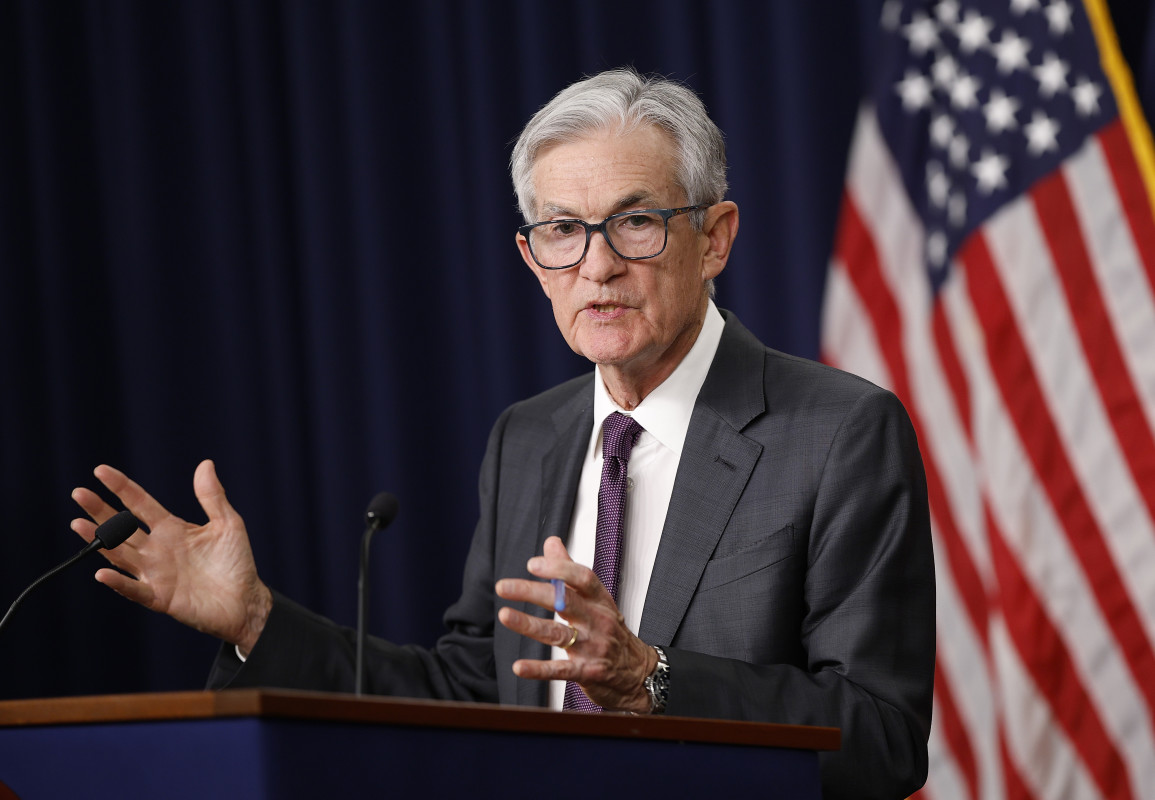U.S. equity futures extended declines in early Friday trading, following on from the worst session for the S&P 500 in nearly five years, as the fallout from President Donald Trump’s sweeping global tariff plan stokes further concerns over a sharp and damaging recession in the world’s biggest economy.
Updated at 6:17 AM EDT
China hits back
China unveiled its first round of reprisals to U.S. tariffs, announcing a 34% level on all American goods starting on April 10 in a move that effectively confirms the prospects of an escalating trade war between the world’s two biggest economies.
Stock futures extended declines immediately following the statement from China’s Finance Ministry, with the S&P 500 now called 85 points lower and the Nasdaq looking at a 306 point pullback.
China announces additional tariff measures on US imports with Europe likely to follow on Monday pic.twitter.com/3px6s1lnqJ
— Ole S Hansen (@Ole_S_Hansen) April 4, 2025
Stock Market Today
Stocks suffered their biggest single-day decline since June of 2020 last night, with the S&P 500 falling 4.84%, wiping out more than $2.4 trillion in market value and closing at the lowest level since August 12.
The Nasdaq, meanwhile, shed around $1.4 trillion in value as it lost more than 1,000 points on the day, with the tech-focused benchmark now some 18% south of its mid-December peak.
President Trump’s tariff plans, which are set to include the steepest U.S. import levies in more than a century, with a baseline duty of 10% on goods from every country in the world, are seen as both stoking inflation and slowing GDP growth, which is already flirting with recession following what is likely the weakest first quarter since 2022.
 Fed Chair Jerome Powell is likely to assess the tariff damage during a keynote address to an event in Virginia later this morning.
Fed Chair Jerome Powell is likely to assess the tariff damage during a keynote address to an event in Virginia later this morning.
Kevin Dietsch/Getty Images
“US tariff increases add to the downside risks for global growth,” Bank of America strategists wrote Friday.
“Our economists highlight that the US tariff increases announced this week could lower global GDP growth by at least 50 basis points, with a potential 100 to 150 basis point drag to US GDP growth, a similar drag on China and a 40 to 60 basis point hit to Eurozone GDP growth,” the bank added.
Related: Trump tariffs raise U.S. recession and stagflation risks
Bond markets are clearly reflecting Wall Street’s grim outlook, with benchmark 10-year Treasury note yields now marked 20 basis points lower from pre-announcement levels and trading at 3.951% heading into the start of the New York session.
At the front end of the curve, rate-sensitive 2-year notes were last marked 24 basis points lower from Wednesday levels at 3.611%, a move that in large part mirrors the odds of more Federal Reserve rate cuts between now and the end of the year as the economy weakens.
Investors will get key insights on that outlook from today’s March employment report, expected at 8:30 am Eastern time, as well as a keynote speech from Fed Chairman Jerome Powell at an economic event in Virginia at 11:25 am Eastern time.
Heading into the start of the trading day on Wall Street, markets are expecting another hectic session, with the CBOE Group’s VIX index trading at $30.88, the highest since the global market turmoil in August.
At that level, options traders are expecting daily swings of around 1.9%, or 104 points, for the S&P 500.
The benchmark itself, which is down 8.04% for the year, is priced for another sharp decline of around 48 points at the start of trading, with the Dow Jones Industrial Average called 468 points lower after last night’s near-1,700 point plunge.
The Nasdaq, meanwhile, is called 105 points lower, with the equal-weighted Roundhill Magnificent 7 ETF now trading a full 24% south of its mid-December peak, a move that represents a bear market for the world’s biggest tech stocks.
Related: There’s no need for a trade war; America’s already won it. By a lot.
In Europe, the fallout from last night’s rout on Wall Street continued into overseas markets, with the regional Stoxx 600 benchmark falling 2.16% in Frankfurt and Britain’s FTSE 100 down 2.1% in London.
Overnight in Asia, Japan’s Nikkei 225 tumbled 2.75% to take the benchmark to its lowest level since August, capping its worst week in five years and pegging the index in bear market territory compared to its August peak.
The regional MSCI ex-Japan index, meanwhile, slumped 1.1% into the close of trading as the MSCI World index suffered its biggest weekly decline in seven months.
More Economic Analysis:
